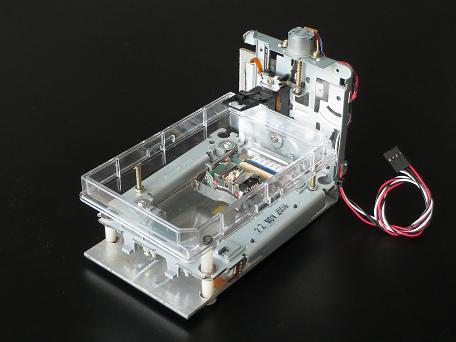New release 2019/04/10
Tissue engineering technology and rapid prototype technology
We are developing tissue engineering technology and are focusing on the structure of several organs of humans. Our last goal is bones, skin, articular cartilage and so on. In the future, biopolymers for reapplication of tissues developed by us will be separated for each target organ and application. We are currently planning a mix of tissue engineering technology and rapid prototype technology.
Currently, the market focuses on stem cell technology, and many reports are posted on the media. Stem cells contain the original DNA and this information is intended to make human parts perfect. Stem cells are just a material for regenerating organs for us. We are focusing on the regeneration of lost organ parts. If the human body gets injured, you can get information on the organ from the DNA. However, if the human body is damaged by a traffic accident, the design information on the lost organ is not included in the DNA information. So how do you lose the organ design data? The only way to obtain lost design data for an organ is CT / MRI scanning system only. We now acquire damaged part data from CT / MRI and do filling parts design at the missing part. We are trying to reorganize organs by controlling rapid prototype technology and model design. It is the only method possible for organization revitalization engineering thought now.
R & D of extracellular matrix
We are now trying to make extracellular matrix, but we are not trying to achieve complete function immediately after molding. Although we would like to obtain agglomerates containing living cells, it is not perfect immediately after molding, and ultimately the cells control their function and aim for that shape. The human body is made from many types of organs and smaller structures. In this chapter, we focus on three substances: living cells, internal matrix and cell binding factor.
- Construct the main structure to maintain the anatomical structure by the main polymer. This polymer material maintains gel function in the ecological temperature range, and changes its structure in a low temperature region to fluidize. This is like an iron frame for the structure of a large building, for example.
- The polymer gel for tissue regeneration is filled with the cell medium solution.
- Materials for honey coupling of cells are added to the medium solution. Fibronectin, for example, integrin. Cadherin and collagen.
We are researching and developing multifunctional culture solutions by culturing liquids of multiple structures (mixing small amounts of materials in culture medium). Now, we need a new multifunctional material for “hybrid scaffold”. Therefore, we are imaging the PLGA + fibrin + hybrid PIPAAm (low LSCT type) as a target.
Since the objective NIPAAm is usually LSCT at 30 degrees to 60 degrees Celsius, we develop a prescription to correct the LSCT point to be lower (about 20 degrees). We are planning to use chemical reactions if the Acryl unit forms a larger molecular shape and the process is several steps. This technical point is to make a substructure between the main structure PIPAAm and another material. The main monomer is a make chain of PIPAAm and PEG (or another material) lining up.
Attention
A corporate name, the brand name, and the design logo that has been described are the trademarks or registered trademarks of each company.
Biological Process System Technology Taiwan copyright(C)All rights reserved 2019

